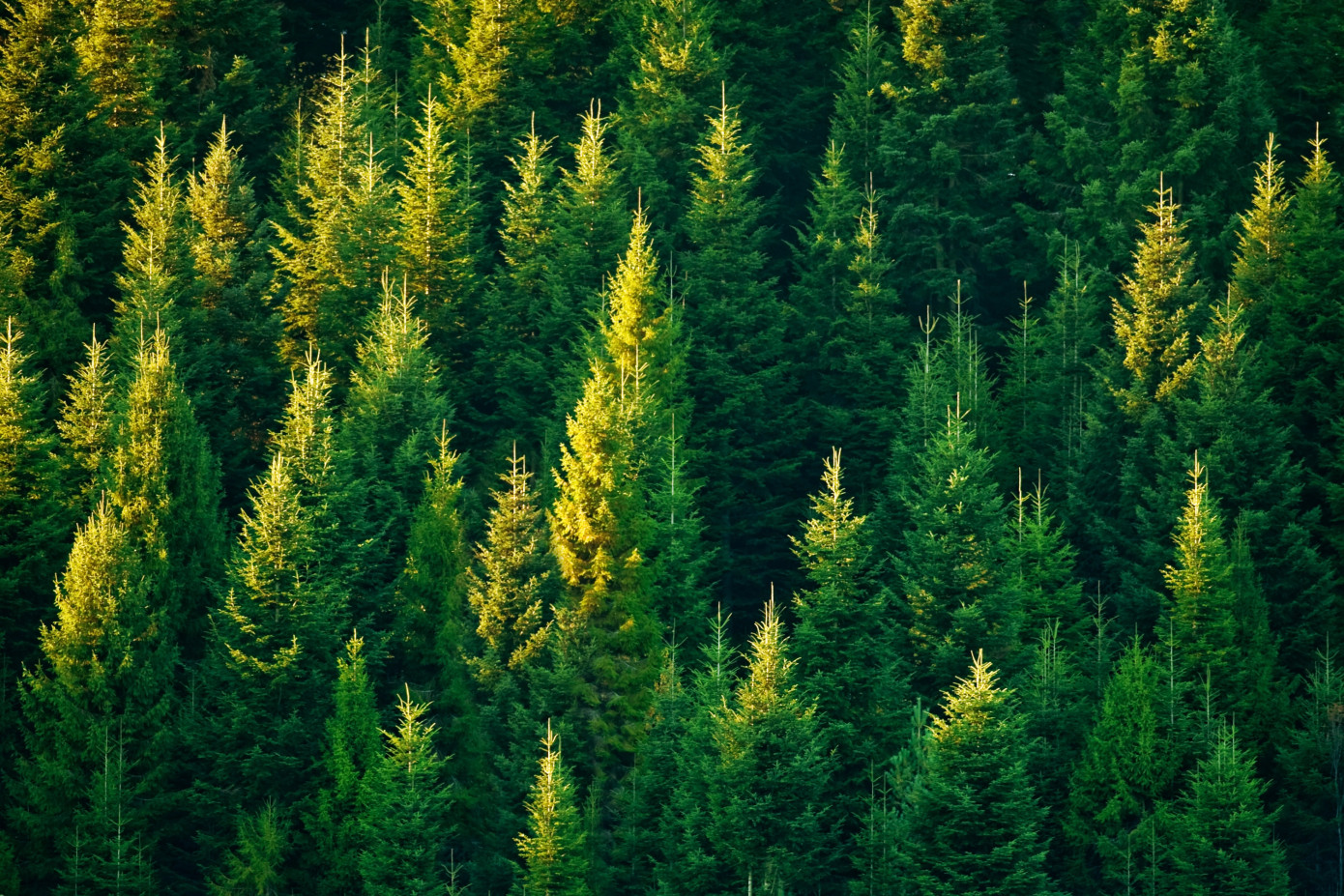British Columbia's deputy chief forester has established a new allowable annual cut (AAC) for Tree Farm Licence 38 (TFL), located northwest of Squamish, at 117,500 cubic metres. This adjustment represents a reduction from the previous AAC but remains significantly higher than the average annual harvest, which has been just under 72,000 cubic metres since the last AAC determination.
The decision to reduce the AAC takes into account various factors, including the need to support forestry operations, preserve wildlife habitat, ensure terrain stability, maintain biodiversity, protect cultural resources, and safeguard old-growth areas while a long-term management strategy is developed.
To ensure sustainable forestry practices, the new AAC determination incorporates specific partitions:
Up to 102,500 cubic metres per year may be harvested from areas below 1,200 metres in elevation.
Of this, a maximum of 30,750 cubic metres (30%) may be sourced from old forest stands.
The remaining 71,750 cubic metres (70%) can be harvested from stands not classified as old forest.
The TFL overlaps the territories of five First Nations, including the Squamish Nation, Lil’wat Nation, Tsleil-Waututh Nation, Klahoose First Nation, and the St'at'imc Chiefs Council. These groups were actively consulted during the timber supply review process. Public and industry input was also considered.
The deputy chief forester's AAC determination is an independent judgment based on a comprehensive review of technical forestry reports, First Nations consultations, public input, and the province’s social and economic objectives. According to the Forest Act, such determinations must be made for each of the province's 37 timber supply areas and 34 tree farm licences at least once every ten years.
